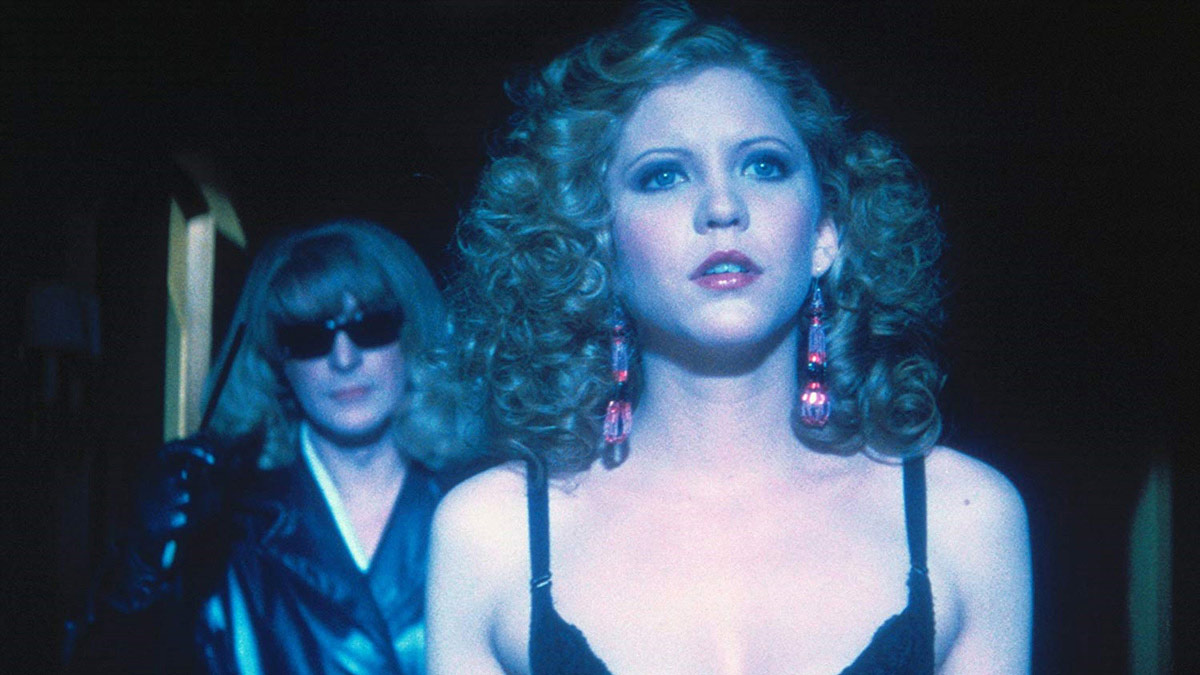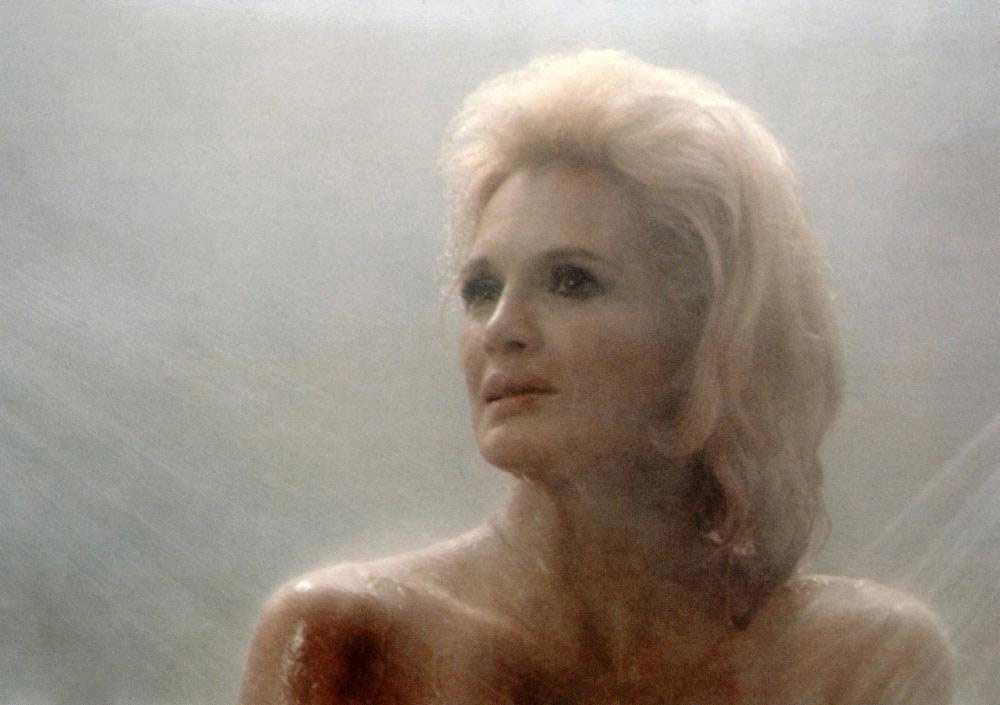
DRESSED TO KILL (C) 1980 Metro-Goldwyn-Mayer Studios Inc. All Rights Reserved.
``A Dressed to Kill'' I want to enjoy De Palma's technique more than Hitchcock's imitation.
2019.02.21
Starting from “Psycho”, to a more erotic world
``A Dressed to Kill'' caused a stir for its depiction of extreme violence against women, sparking a movement against its screening, and was nominated for three Razzie Awards in the categories of lead actor, actress, and director. This was the first of five times De Palma was nominated for the Best Director award. There are many points of criticism, such as the obvious influence of Alfred Hitchcock, whom he admires, the portrayal that doesn't seem to make sense in some scenes, and the sense of tension in the first half stalling in the second half, making it feel quite sluggish. However, at the same time, it is also true that some of De Palma's typical productions and techniques (known as the ``De Palma cut'') left an unforgettable impression.
There are many similarities with `` Psycho '' (60), including the main female character disappearing early on, the depiction of her murder being similar, the mention of a shower in another scene, and the son's introverted personality. And the role of a mother is so easy to understand. There are many homages to other Hitchcock works, such as Michael Caine's cross-dressing and Karen Black from `` Family Plot '' (1976). By the way, having tall actors cross-dress is a favorite of De Palma's, including in ` `Phantom of Paradise '' (1974) and `` Raising Cain '' (1992). It was compared to Hitchcock's `` Frenzy '' (1972) in terms of its fusion of suspense and eroticism, and was criticized at times.

DRESSED TO Dressed to Kill(C) 1980 Metro-Goldwyn-Mayer Studios Inc. All Rights Reserved.
The scene in the museum is perhaps the most thrilling in ``A Dressed to Kill.'' The process in which Kate, a housewife, notices the gaze of a man and her desire awakens is expressed as she moves through a maze of art museums. The exterior looks like the Metropolitan Museum of Art in New York, but permission was not granted to photograph the interior, so the photo was taken at the Philadelphia Museum of Art. Angie Dickinson, who played Kate, moved around the museum holding a Rope attached to a cameraman operating a Steadicam. This is to maintain a perfectly constant distance from the camera so that it does not stray from the focal length of the lens. The beautiful movements of the Steadicam and the changes in Angie Dickinson's troubled expression are perfectly synchronized. The lovers and family in front of Kate's line of sight, and the paintings on display hint at her desires, while the thrill of almost meeting the other man, something that rarely happens, draws the viewer into a strange sense of euphoria. Let's go.
Later, when Kate leaves the museum, she spots the man glancing out the taxi window at one of the gloves she dropped inside the museum. This develops into a close relationship in a taxi, which was actually filmed while the taxi was running on Fifth Avenue in New York. The intense love scene was clearly visible to drivers and passengers in both directions. The fetishistic depictions of Kate's underwear falling in the car and the gloves in front of her also caused a stir when it was released.

